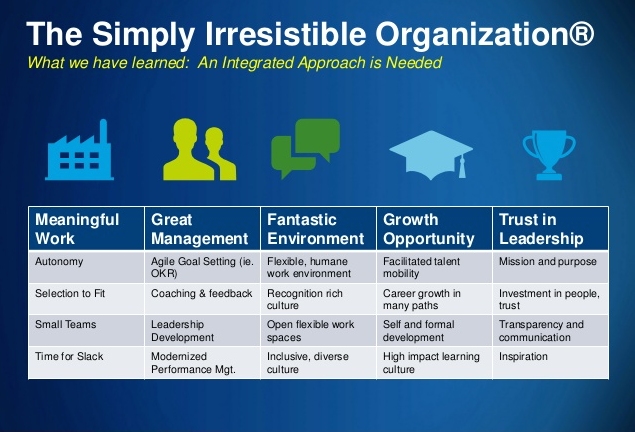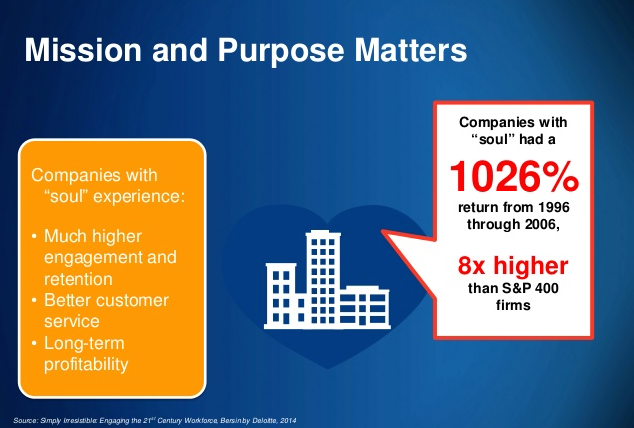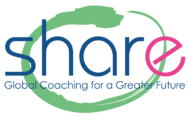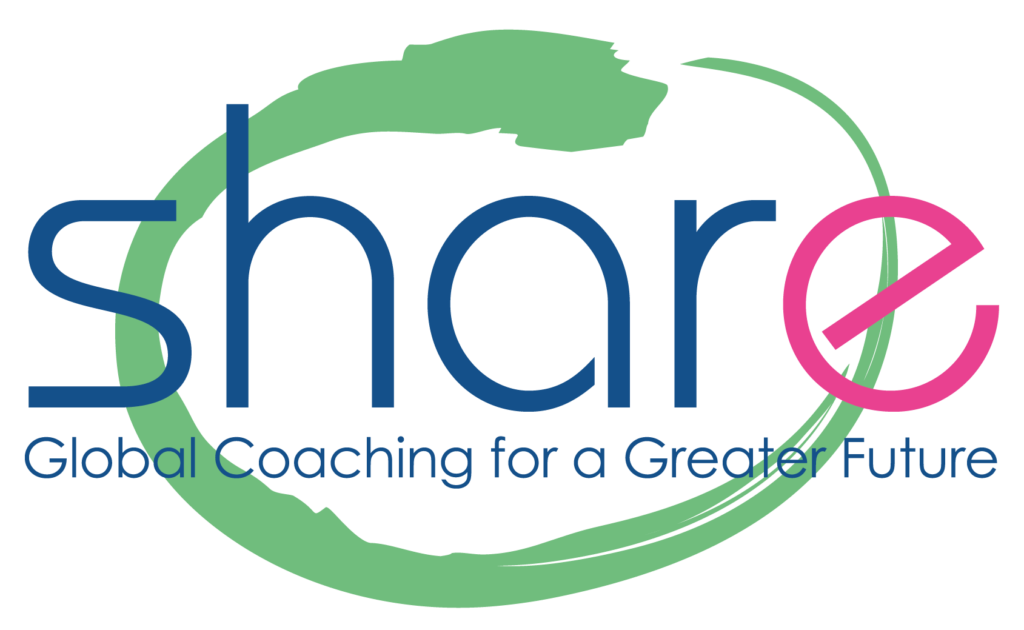Conference held by Josh Bersin at DELOITTE, New York, December 2015
Summary prepared by Anna Gallotti: anna.gallotti@share-coach.com
Panel: 60% HR executives and 40% business leaders, worldwide (and mostly based in the United States).
NOTE
Even if they apply mostly to US companies, they are also applicable to Asia and they will soon emerge in Europe. Europe’s less flexible labor market is not as affected by retention as the US market. Yet it is obvious that these trends will also become a reality in Europe faster than we think!
Significant trends
- The workforce has evolved faster than their work environment: processes, IT tools and work organization belong to another age when compared to workforce and market needs. 71% of the respondent companies need to simplify work. Technology is not necessarily a simplifier at this stage. There is acceleration in the creation of cognitive IT tools for simplification purposes.
- Young people want to climb the pyramid faster. They don’t understand why older people say that they need to prove themselves and work hard to prepare for higher responsibilities. They don’t want to wait 15 years to accelerate like prior generations. One year max. Frequently moving people (across countries but also across functions) is a big retention tool.
- Learning is becoming crucial to keep up with this fast pace.
- 51% of jobs we have today will be gone in 5 years. HR hot professional to get into. AirBNB HR is called Chief of Employee Experience Officer!
Millennials survey
Candidates don’t look for a career; they look for work experience. They will probably live to be 100 and work for 70 years; they are very much aware of the fact that they will spend most of their time at work. Consequently, they want to enjoy their job, work with great people, learn and be in harmony with their company’s REAL values (and not with what is said through internal communication).
60% of millenials think that staying in a job for 7 months means being loyal.
80% want to extend performance appraisal to their boss.
Diverse (culture, gender, etc…) and inclusive (accepting difference) companies perform better.
Employees expectations
Employees expect companies to be built on values, mission, team spirit.
Engagement appears to be a global challenge.
Management is the biggest company differentiator, the main attributes being: courage, commitment, inclusion, shared beliefs.
95% think that company culture is more important than profit.
Appeal has nothing to do with the company’s field of activity. One of the most attractive activities in the US is selling mortgages!!!
Leaders are now assessed on followership not power. To improve followership a leader needs to find people to coach.


The technology threat
We all deal with too much and too fast information.
The average mobile phone user checks his device 150 times a day.
Technology no longer improves productivity.
HR’s role is to improve productivity regardless of technology.
TRENDS – more in detail
- Emergence of technology in HR
- We cannot change the evolution of technology. It changes us and we can only observe what happens. Nobody could have predicted what happened after the invention of computers.
- Video on mobile devices is becoming a central communication tool for HR.
- Apps for employees are the current big trend, i.e. wellness and life apps,
- People analytics, talent analytics, and Geeks are coming to HR: i.e. big data
- At Uber they have 30 people doing analytics
- Use of Design Thinking for designing training programs – see http://goo.gl/Q0G7Ty
- Replacing the study of a process and the creation of a training program, a training catalog, with invitations to attend…. Learners are overwhelmed with information and cannot spend hours in a training room + learn tools they will not use in real life. E-learning doesn’t work, so forget-it!
- There is too much content in the present learning process, nobody has time for it.
- The learning power is now in the hands of learners, users. They want simple tools, agile, easy to use.
- Design Thinking is about studying people and then creating the best training tools applicable to them, customized tools, in a way. The idea is to learn everywhere and all the time.
- How people learn: continuous learning model: Education (few tools), followed by Experience of doing, in an Environment of people to help, such as mentors and immediate Exposure to thought leaders (the 4 “E” model).
- What millenials want at work is a mentor. Mentoring is a great learning tool and an accelerator of promotion (95% of leaders having a mentor in sales force are promoted).
- Accelerated reinvention of performance management- annual appraisal
- How often do we practice feedback in companies at present? Once a year and it’s over!
- The process is no longer widely accepted: only 12% of employees think that the performance process is effective!
- Instead of an annual feedback, continuous feedback is favored.
- Coaching is the most important part of performance management. #1 correlated to business results, as there is a very strong correlation between the feedback culture and company performance.
- A big trend is coming: Pulse surveys and real time feedback. The market is flooded with new apps facilitating this process, i.e. Monitor 360 and Kanyoia.
Evolution of management thinking
1960-80’s
Managers think, they tell others what to do and measure their performance.
1990’s
Collaborative management. People are kings.
Today
Team networks. The team and team leaders are kings. Purpose, meaning and empowerment.
No organizational chart. People work on projects. End of cascading objectives. Objectives are set by top management and then teams organize themselves in order to attain these objectives and tell top management how they plan to achieve them.



